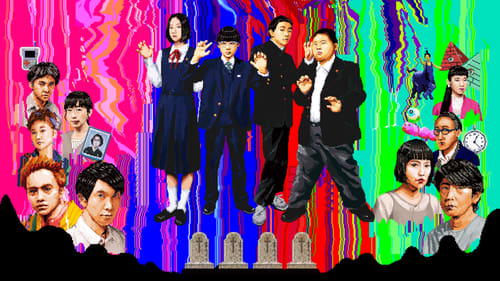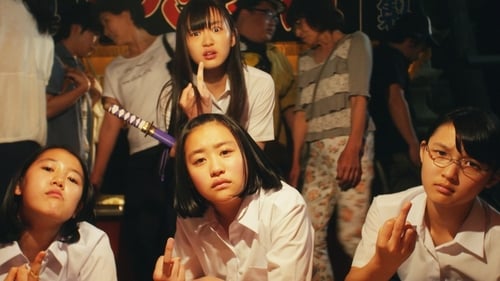Makoto Nagahisa
Nascimento : 1984-08-02, Tokyo, Japan
História
Born August 2, 1984, in Tokyo, Makoto Nagahisa directed films and music videos while working as a commercial planner at a major ad agency. Nagahisa wrote and directed the short film And So We Put Goldfish in the Pool. (2017) and was the first Japanese director to win the Short Film Grand Jury Prize at the Sundance Film Festival. WE ARE LITTLE ZOMBIES is his first feature-length film. Influences include Juzo Itami, Nagisa Oshima, Gil Evans and Boris Vian. Has long hair, which he wears braided on formal occasions.
Source: Nagahisa's website






